Training Indoor Cats to Stay Outdoors
Should You Let Your Indoor Cat Outside?
Spending time in the great outdoors can be good for kitties. Letting your fur baby outside may be a good idea if:
- Your cat is overweight or needs more exercise.
- Your cat gets bored indoors.
- Your cat is anxious.
Not only do outdoor cats get more exercise, they also enjoy more mental stimulation, which can help reduce boredom and anxiety.
Taking Your Indoor Cat Outside for the first time
The right time to let your cat outside
When you first bring your little fur baby home, she needs some time to get comfortable with you and the house. Wait at least two to three weeks, possibly longer, before letting her outside.
Things to consider before taking your cat outdoors
It’s important to keep your kitty safe and healthy as he explores the outside world. Before letting your fur baby outdoors, make sure he:
- Has all his vaccinations.
- Is neutered.
- Is microchipped and/or wears a cat collar with a license. Make sure the license has your contact info on it. You could also use a GPS tracker that fits inside a harness like “The Pathfinder.”
Training Your indoor cat to stay outside
The first few times your kitty goes out, you may want to take a toy or treat with you and sit in the yard where you can watch. If he wanders too far, you may want to call him back.
Start by letting your cat outside for a few minutes at a time. When it’s time to come in, call their name and offer a treat, or say something like, “time to eat!” so your kitty knows that when they hear that, it’s time to come back inside.
Outdoor food attracts wildlife, and your kitty is more likely to come back inside if that’s where the food is.
While your cat is still indoors, feed them at the same time each day. This way, once your kitty does go out, she’ll know when to come back. Keep that schedule consistent as you train your fur baby to spend more time outside.
Cats are nocturnal creatures by nature, but you don’t want your kitty out partying all night. Keep her safe at home once it starts getting dark out.
If you think an outdoor cat doesn’t need a litter box, you’re partly right. Technically, your outdoor kitty can do his business anywhere. But it’s a good idea to get an outdoor litter box so your little tiger doesn’t foul up your flowerbed. Plus, there may be times when your kitty doesn’t want to go outside. On days when it’s pouring or snowing, both you and your cat will be happy that you got a litter box. You may even want to keep an indoor litter box for these types of occasions.
Once your kitty is used to going outside, you may want to install a cat flap in your door for constant, easy outdoor access.
Dangers Letting Your Indoor Cat Go Outside
Of course, once you let your little tiger roam free, there’s no telling what mischief she’ll get up to. Some of the “dangers” of letting your indoor cat outside include:
- Fighting with other cats
- Mating with other cats
- Bringing you a nice little present, like a dead mouse
- Picking up fleas or other pests
Alternate Solutions for Indoor Cats Who Want to Go Outside
If you’re not sure you want to let your kitty out into the big world, don’t worry. There are plenty of ways to keep your fur baby safe while letting him enjoy the great outdoors. Indoor cats can still enjoy outdoor time by:
- Walking on a leash.
- Staying in your yard.
- Going on a patio.
- Having adventures in a carrier.
Harness Training & Leash Walking

Leash walking provides lots of exercise and mental stimulation while keeping your fur baby safe. When taking your kitty for a walk, use a harness. You may need to get her used to the harness first by letting her wear it around the house for short periods of time. Of course, not every feline will love leash-walking. But it can be a fun way to acclimate your cat to the outdoors. A reflective leash is an especially great way to keep your kitty safe while walking.
Here are some more tips for leash walking:
- Keep the leash loose—but not too loose. You should be able to fit two fingers between the harness and your kitty.
- Don’t use a bulky leash. Most cats won’t enjoy a big, bulky harness or leash.
- Make sure your kitty is wearing a license.
- Use a collar with safety release. This keeps your kitty safe if their collar gets caught on something.
- Let your cat take the lead. It’s ok to have a bit of leash tension, but don’t pull or force your kitty to go where she doesn’t want to.
Train Your Cat to Stay in Your Backyard

In an ideal world, you’d be able to train your fur baby to stay in the yard. But cats simply aren’t as trainable as dogs. If you want your kitty to stay in your backyard, you might try:
- Building a fence. Of course, kitties can jump over fences and slip through the cracks, so make sure your fence is tall and doesn’t have any holes or gaps.
- Making your yard interesting. Cats are curious, and if your yard isn’t interesting enough, they’ll wander off.
- Using a cat fence barrier or cat enclosure like The Feline Fun House Portable Cat Play Tent.
Setting up a Patio for Cats
Patios, or should we say catios, are a great solution if your indoor cat needs some outdoor time. You can set up an enclosed patio to let your kitty experience all the sights, sounds, and smells of the outdoors. There are plenty of DIY and ready-made options.
Take them on adventures/outdoors in Carriers
When you and your kitty are ready for outdoor adventures, you can use a carrier, stroller, or cat backpack to take your fur baby outside safely and comfortably. Start with short trips and gradually work up to longer outings. Make sure you choose a carrier that keeps your kitty comfortable and gives her enough room to move around, like the "The Navigator" Earth Convertible Cat Backpack.
FAQ’s
Can an indoor cat survive outside?
An indoor cat can survive outside, but if your kitty has always been an indoor cat, you’ll need to slowly introduce her to the outdoors. Start with short, supervised outings and gradually work your way up to longer, unsupervised sessions.
When can you take your kittens outside?
Kittens should stay indoors until they’re about four months old, then go outside with supervision.
SHOP CUSTOMER FAVORITES
MORE CAT TRAVEL RESOURCES & FUN

How to Get Your Cat to Love the Stroller
(Without bribes, begging, or betrayal) Let’s face it — cats aren’t known for embracing change. New toys? Suspicious. Rearranged furniture? Offensive. So when it comes to something as bold as a cat ...
Read more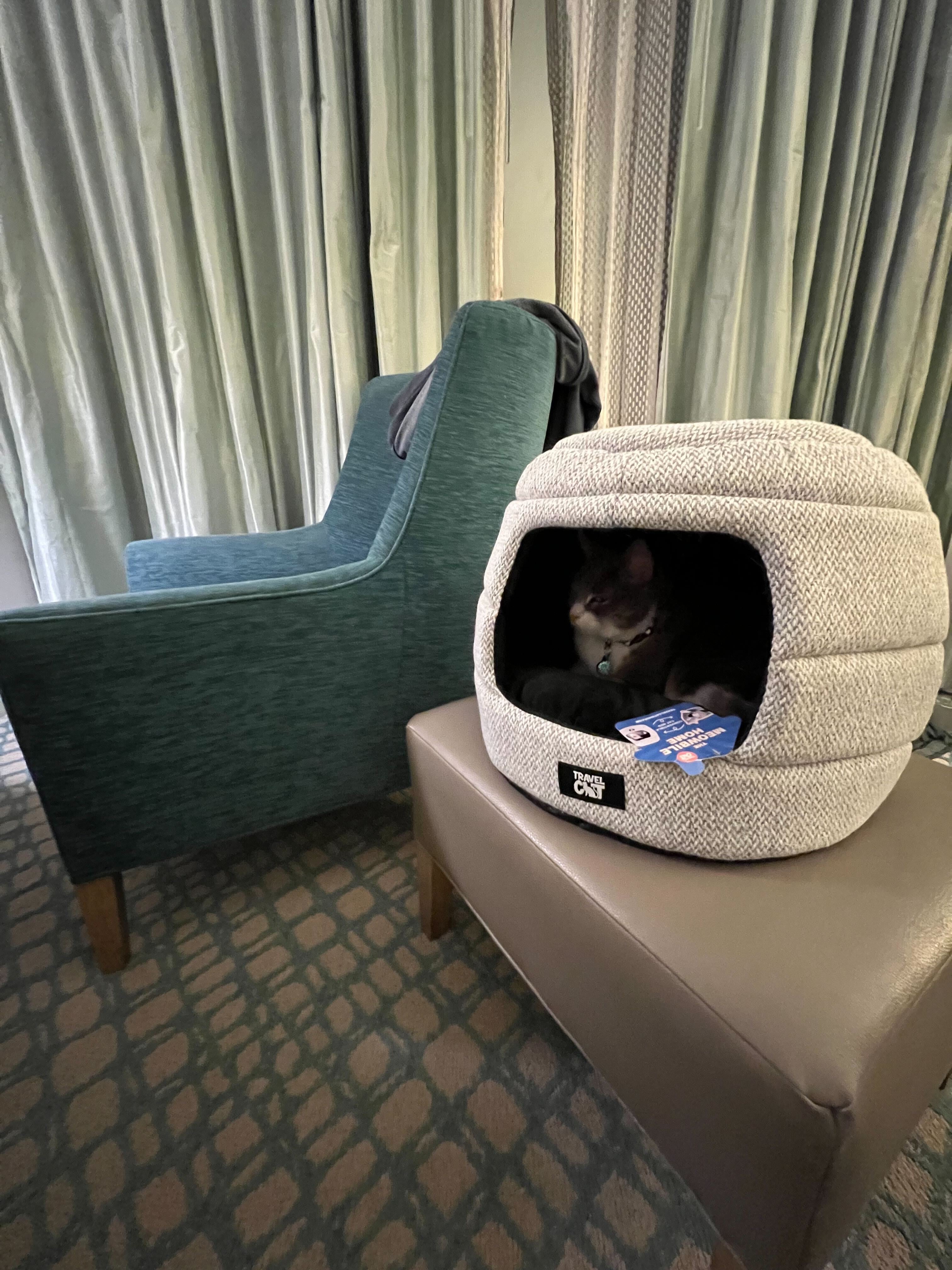
The Ultimate List of Cat-Friendly Hotels in the U.S. - More Than Just Pet-Friendly
Discover the best U.S. hotels that truly welcome cats. From big chains to campsites, this is the ultimate cat-friendly stay guide.
Read more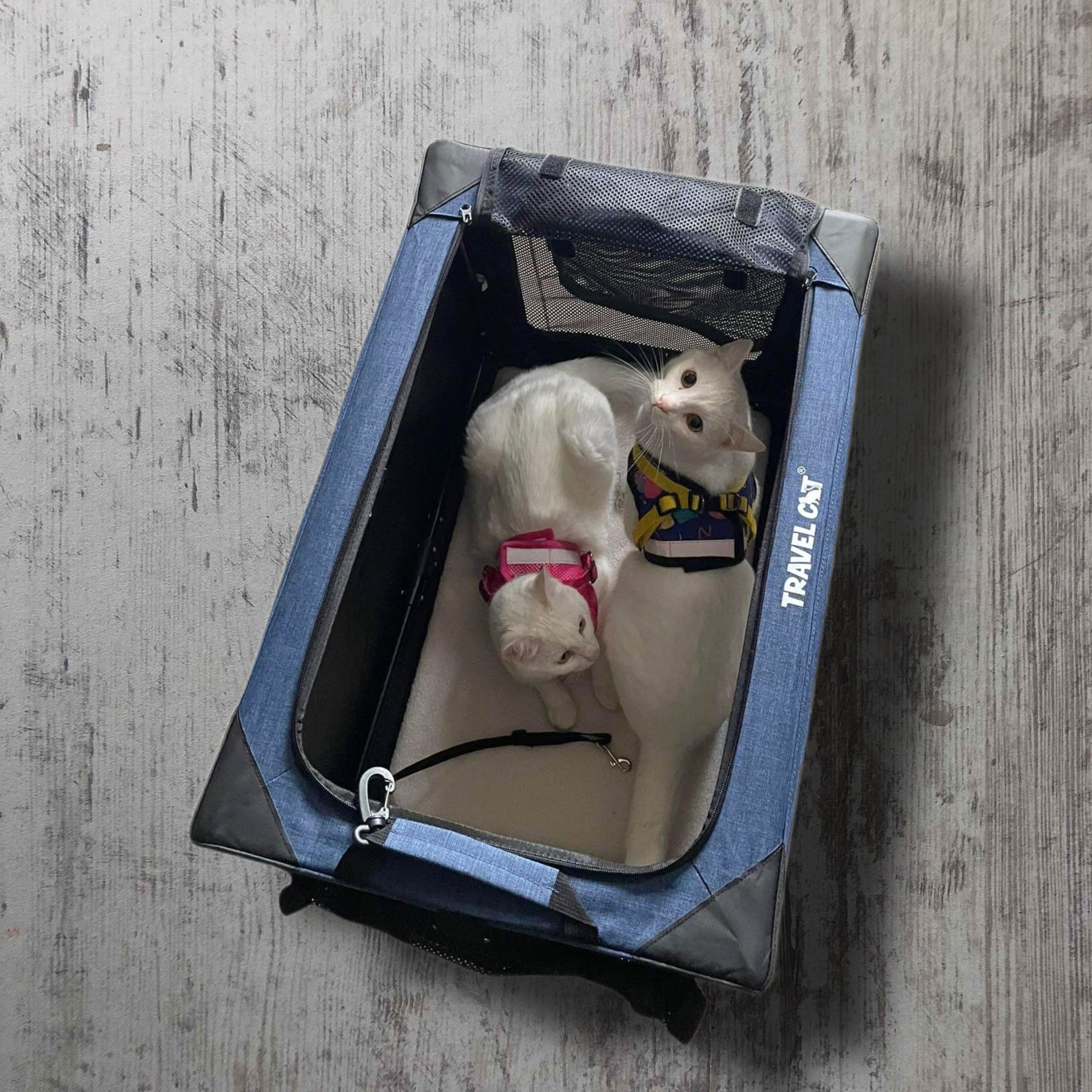
Your Purrfect Guide to Holiday Travel with a Cat: How to Take Your Pet with You Stress-Free
Whether you’re heading home or to a far off vacation, bringing your kitty along can be a challenge. But don’t worry—we’ve put together some trusty tips for traveling with your cat during the holidays.
Read more

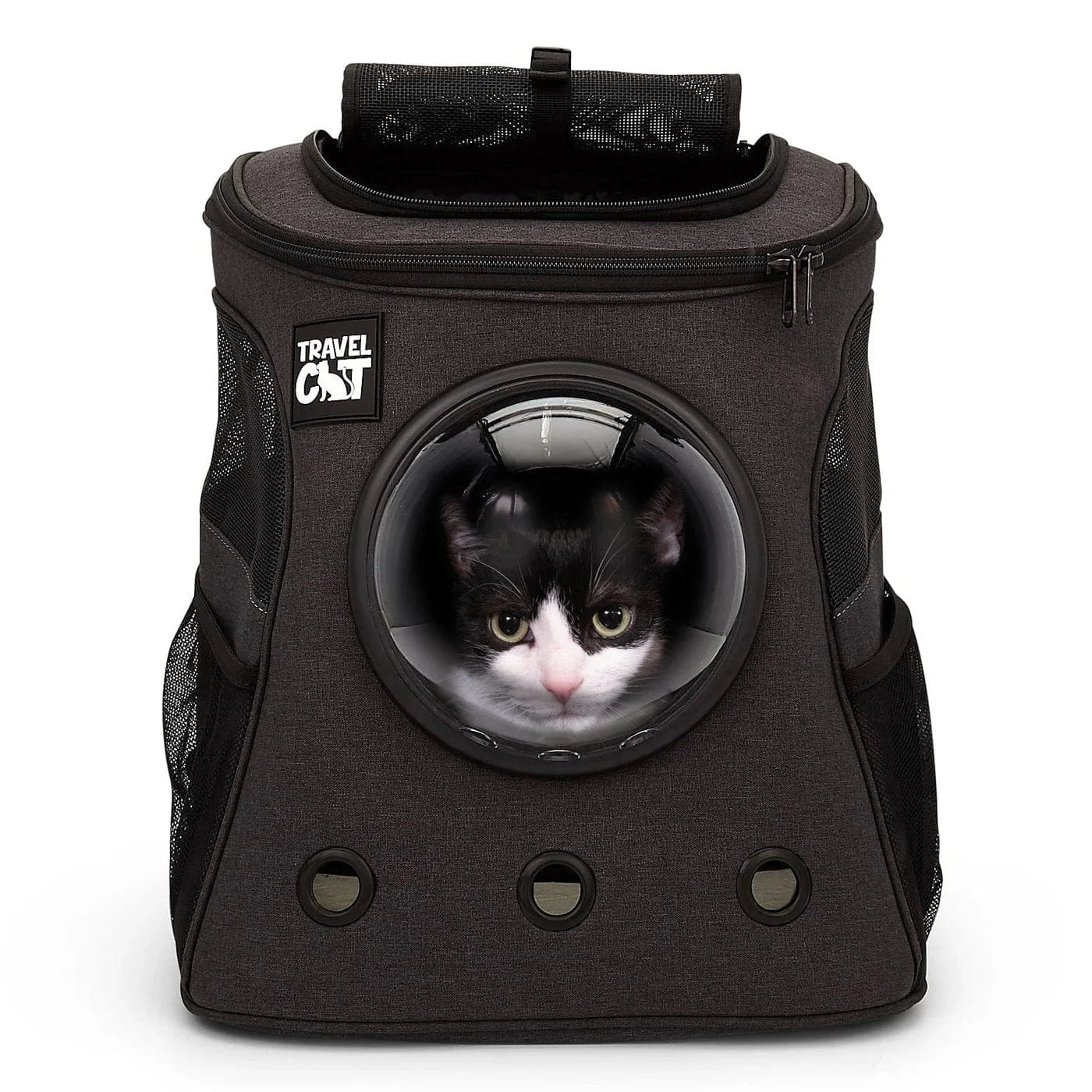







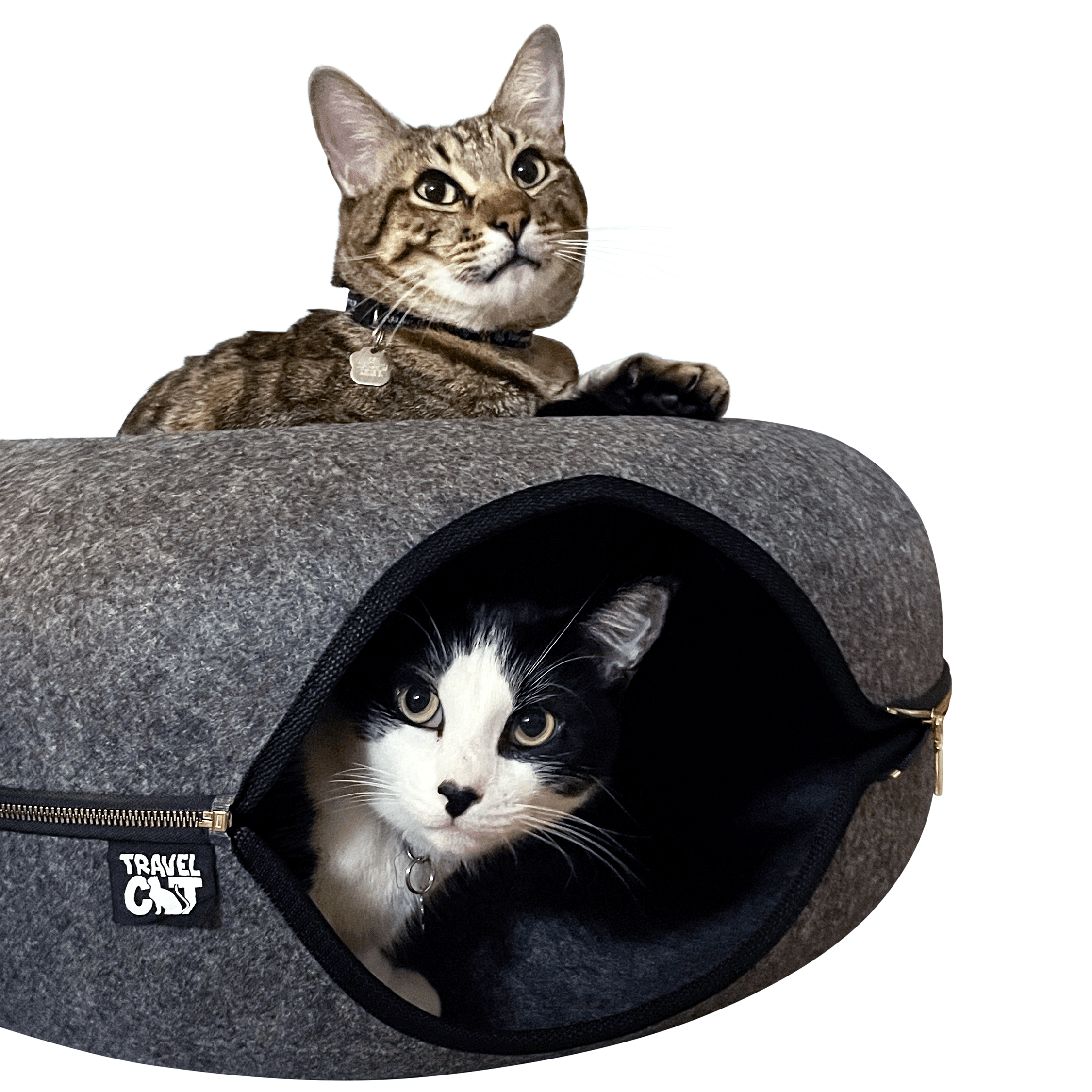

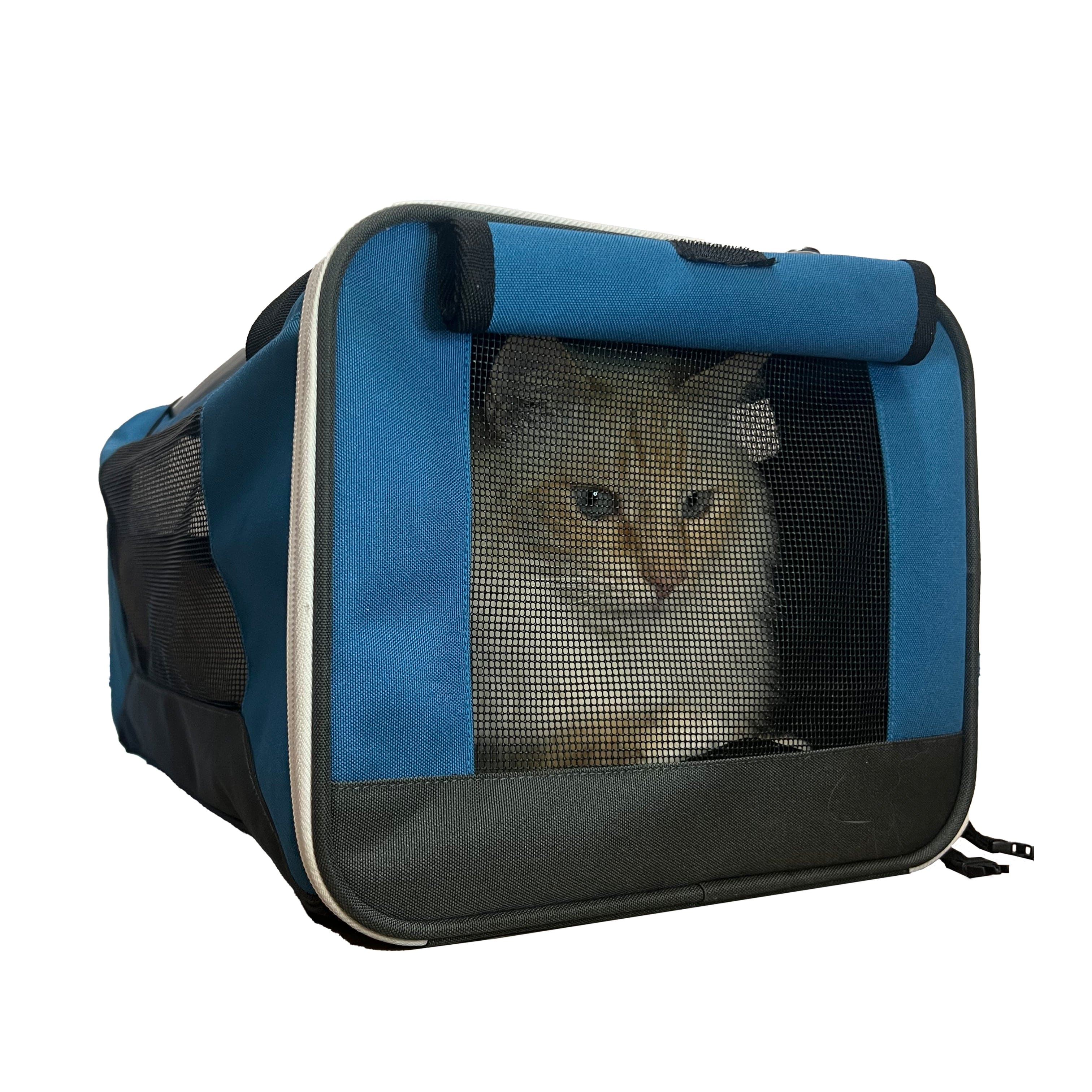
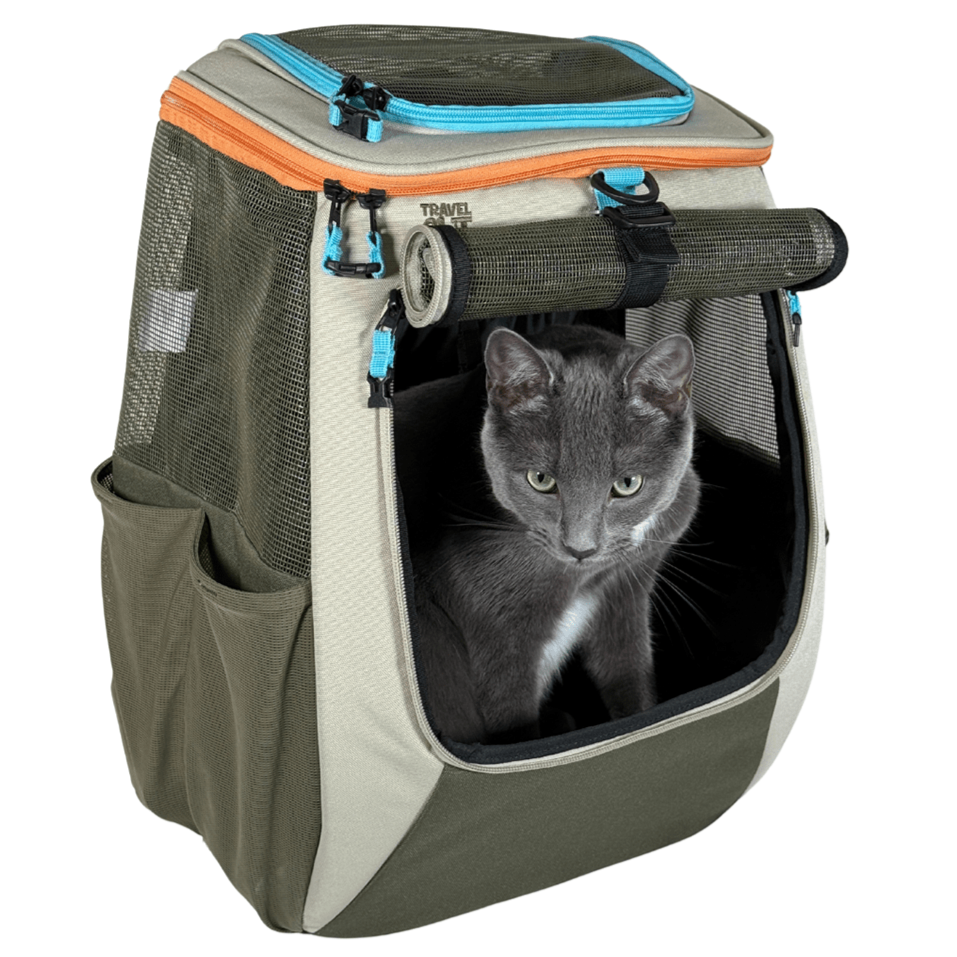





3 comments
Need advice on transferring my 2 cats from indoor to outdoor. All advice needed. I will be providing a weather proof house. Thank you
Joan
Need advice on transitions my cat to outdoor living. Providing a heated cat house
Joan
Ugh. I was hoping this post would talk more about introducing an indoor cat to safely exploring the Outdoors with DIRECT supervision, but what it seems to be doing is encouraging people to just let their cats outside. You forgot to include the many dangers of cars, dogs, cruel children and people and more. Very disappointed!
Ridgely
Leave a comment
This site is protected by hCaptcha and the hCaptcha Privacy Policy and Terms of Service apply.